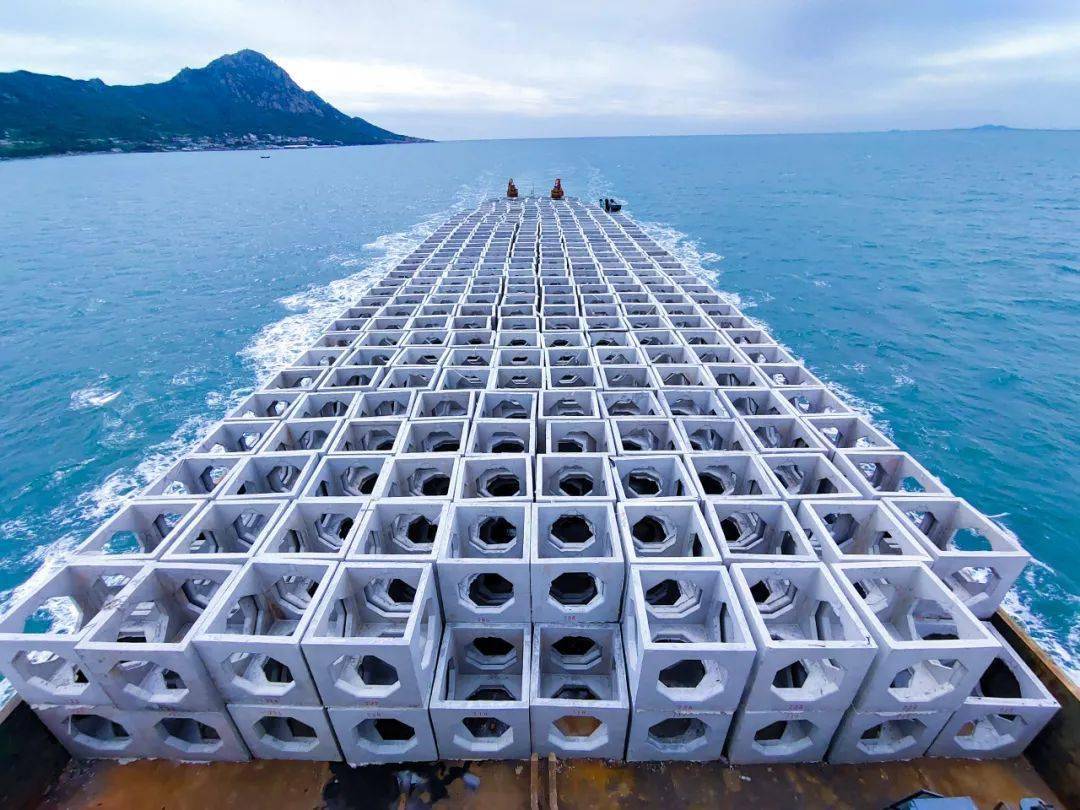Solution
Artificial Reefs are man-made structures placed on the seabed to mimic natural reefs or underwater landscapes, designed to attract marine life for habitat, breeding, and feeding. The primary goal of artificial reefs is to restore marine ecosystems, enhance fishery resources’ sustainability, and boost marine biodiversity. Introduction to Artificial Reefs Structure Design: Artificial reefs are designed …
The price reduction of salmon in 2024 can be attributed to several factors related to supply, demand, external economic conditions, and market dynamics. Here are the primary reasons and potential solutions: Reasons for Salmon Price Reduction in 2024: Oversupply The rapid growth of salmon farming has increased global supply. Key producers like Norway and Chile …
The reason and solution for the price deduction of salmon in 2024 Read More »
The use of Haosail copper alloy net in artificial reefs offers multiple advantages, mainly in terms of corrosion resistance, biofouling resistance, strength, and environmental performance. Below are its key advantages: 1. Corrosion Resistance Copper alloys have excellent corrosion resistance, especially in seawater. Compared to steel or other metal materials, copper alloy mesh is more durable …
The advantage of using Haosail copper alloy net in artificial reef Read More »
Increasing the survival rate in salmon farming involves a combination of best practices in water quality management, disease prevention, feed optimization, and overall farm management. Here’s a detailed approach to achieve this: 1. Water Quality Management Real-time Monitoring: Use sensors and automated systems to continuously monitor key water parameters such as temperature, dissolved oxygen, pH, …
How to increase the survival rate in salmon farming? Read More »



